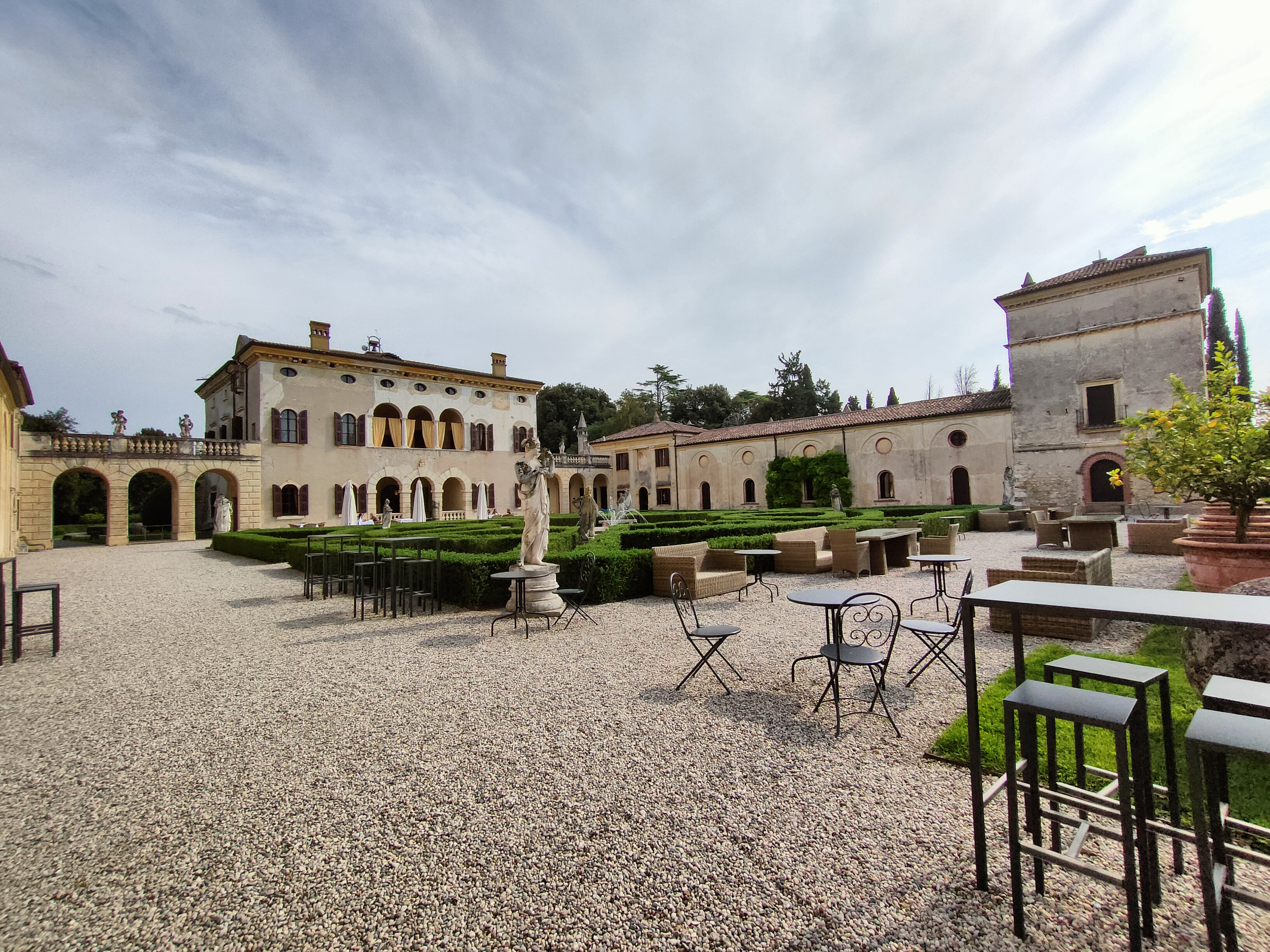
Villas, vineyards, Valpolicella (part 2)
18 July 2023
In the past we have already told you about the villas of Valpolicella and their importance not only for the landscape, but also for the economy of this area. Especially in the period of Venetian domination of Verona (1403-1797), long-standing patricians and bourgeois enriched thanks to fruitful commercial activities, built, often transforming and enlarging towers and modest houses of medieval origin, the stately houses that still characterize the local building heritage. These residences, however, were not intended only for living and vacationing when the owners were moving from their official buildings in the city, but above all for the control of the farms in which they had invested at least part of their wealth. Even today, the more than one hundred villas in Valpolicella are closely connected with agricultural activity, having often been transformed into cellars and farms. Without pretending to exhaust this boundless topic, in the last article we presented you three of these villas, and today we want to describe three more, which are still involved in the production of Valpolicella wines.
Villa Serego-Santa Sofia
Villa Santa Sofia, formerly known as Villa Serego, is one of the few villas indisputably linked to the name of Andrea Palladio, who designed the palace on commission from Marcantonio Serego, whose family had lived there since the 14th century. A fourteenth-century monastery with a church dedicated to Santa Sofia originally stood on the property, whose name has remained to define the locality. Villa Serego undoubtedly represents one of Palladio's most original projects and would have been a reinterpretation of a Roman domus, even if the work was never completed and the original idea was realized only for one third. The villa is now partly home to and gives its name to the Santa Sofia cellars, which produce the classic wines of Valpolicella, aged in the barrels rooms obtained from the ancient cellars of the medieval monastery, with fascinating stone vaults.
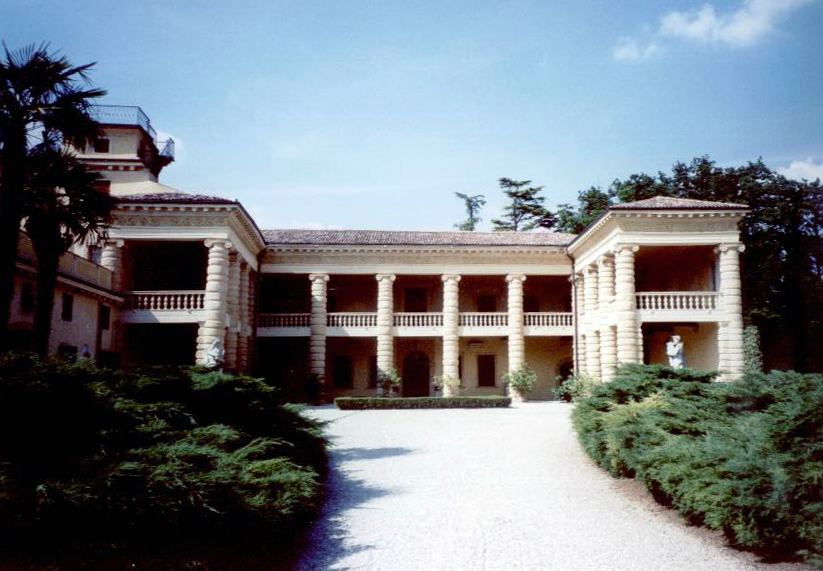
Villa Giona-Fagiuoli
Villa Giona-Fagiuoli was built as a fortress to guard the land on the eastern slopes of the Castelrotto hill at the behest of the Giona family in the late 15th century. Between the 16th and 17th centuries it was restored following the canons of the Renaissance residence. In the same period, the Italian garden full of statues and fountains was created on the north and south sides of the house, which today represents a perfect summer location for outdoor dinners and cultural events. Later, an English garden developed around the estate, which today forms the park of the villa. This historic residence now houses a refined four-star hotel, while in the buildings that were in the past intended for stables and servants, the Tenute Salvaterra winery has found its ideal location, whose underground cellars can be visited and the wines tasted in the elegant, light-filled tasting room.

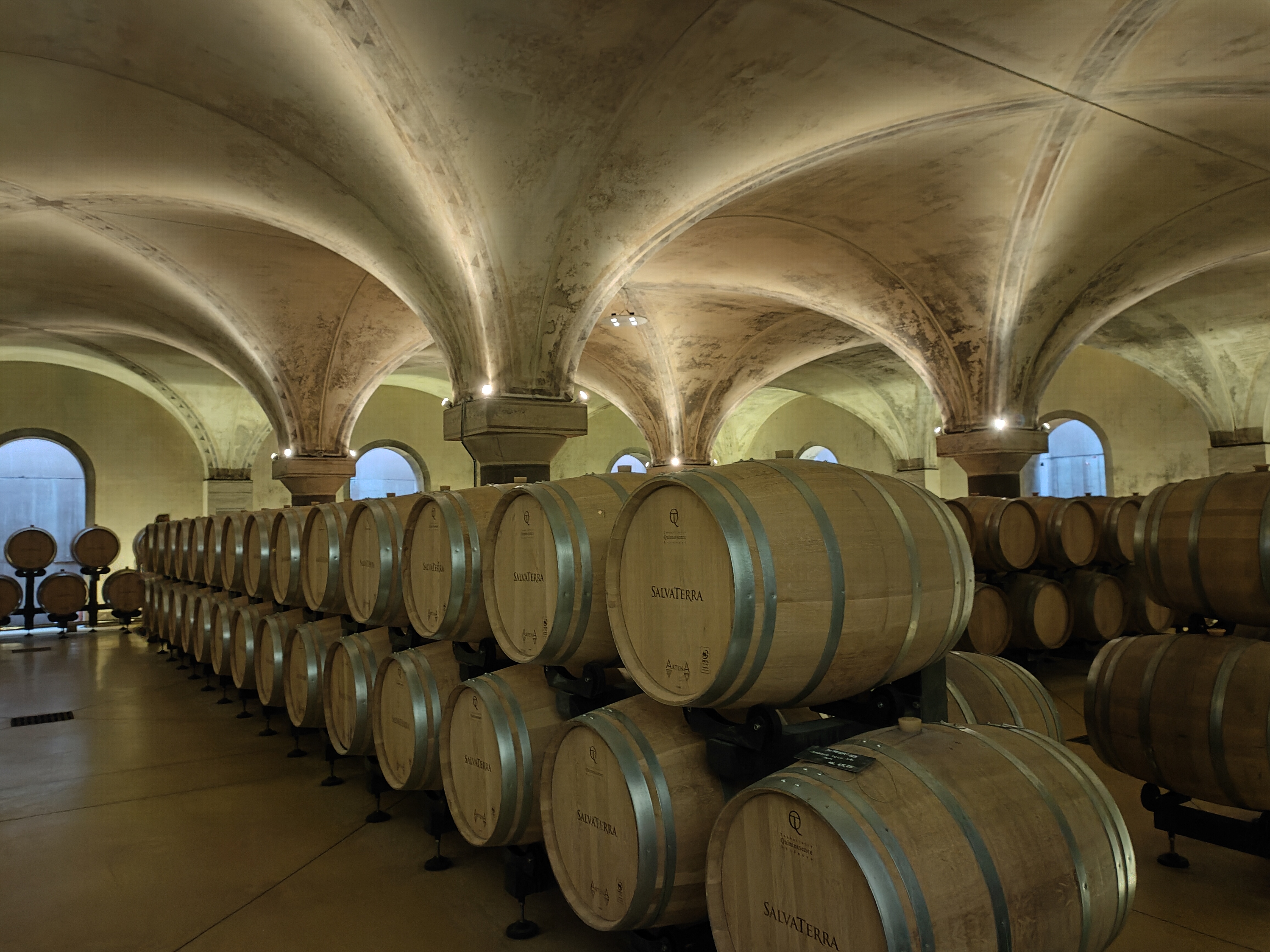
Villa Rizzardi
Villa Rizzardi is part of the Pojega estate, in Negrar, belonging to the Rizzardi counts since 1649. The villa was built in 1870, designed by the architect Filippo Messedaglia, according to an indefinite style in which the Baroque, the Renaissance and the Nineteenth century hybrid merge. The importance of the property, however, is mainly due to the wonderful Italian garden, designed by Luigi Trezza on commission from Count Antonio Rizzardi (1742-1808). The park covers an area of over 5 hectares, between hills and plains, where a small temple, a theatre, walls, galleries, viewpoints and water features have been created by transforming and bending trees, obtaining a sort of theatrical scenography. The garden of the villa is still home to open-air shows and cultural events, while the palace hosts ceremonies, exhibitions and events. In the eighteenth-century cellars of the small village of Pojega, adjacent to the villa, the Rizzardi family has been producing the classic wines of Valpolicella for centuries, and in the cottages and the “barchessa” is still possible to purchase all the products of the Guerrieri Rizzardi.
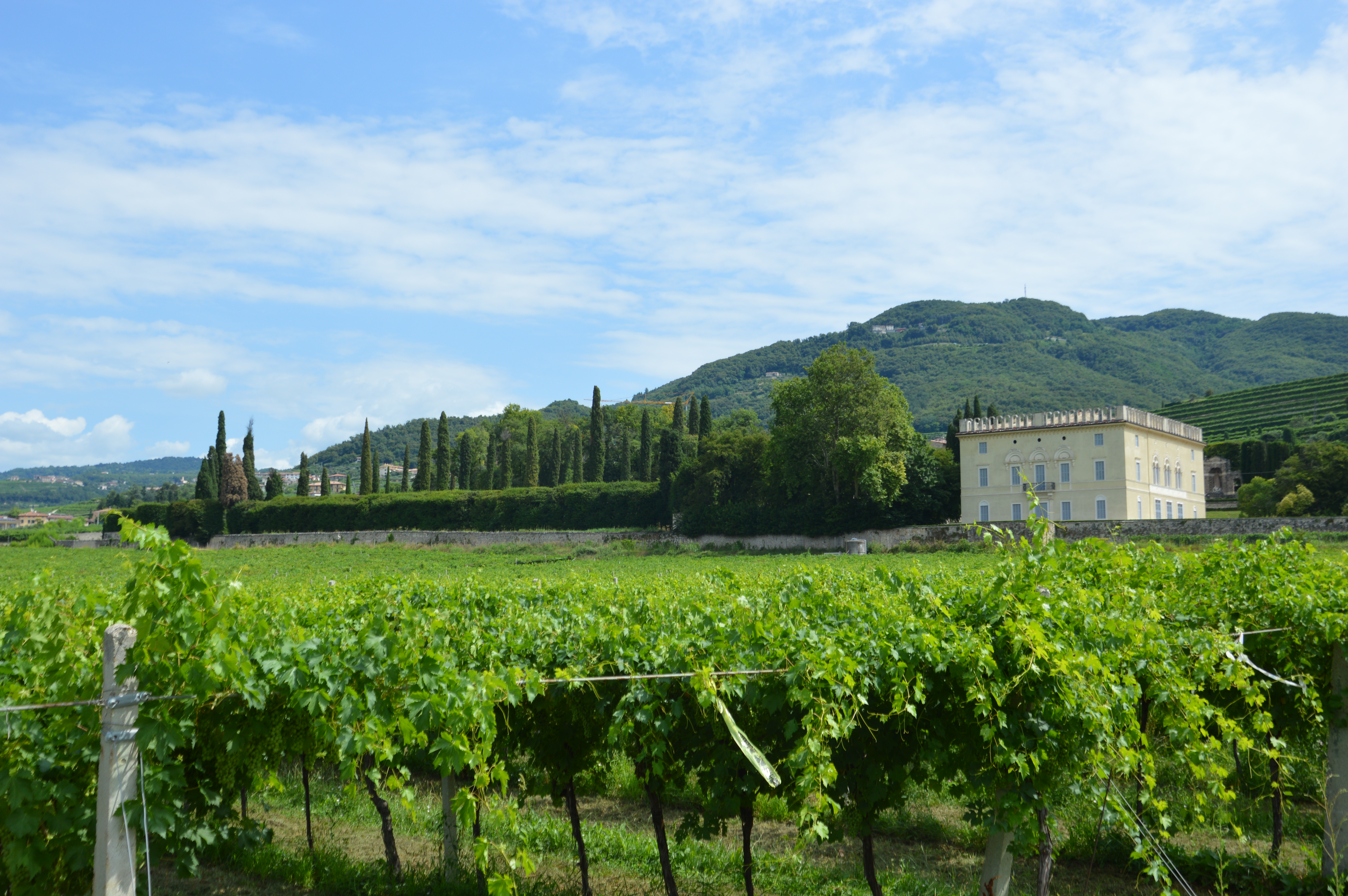
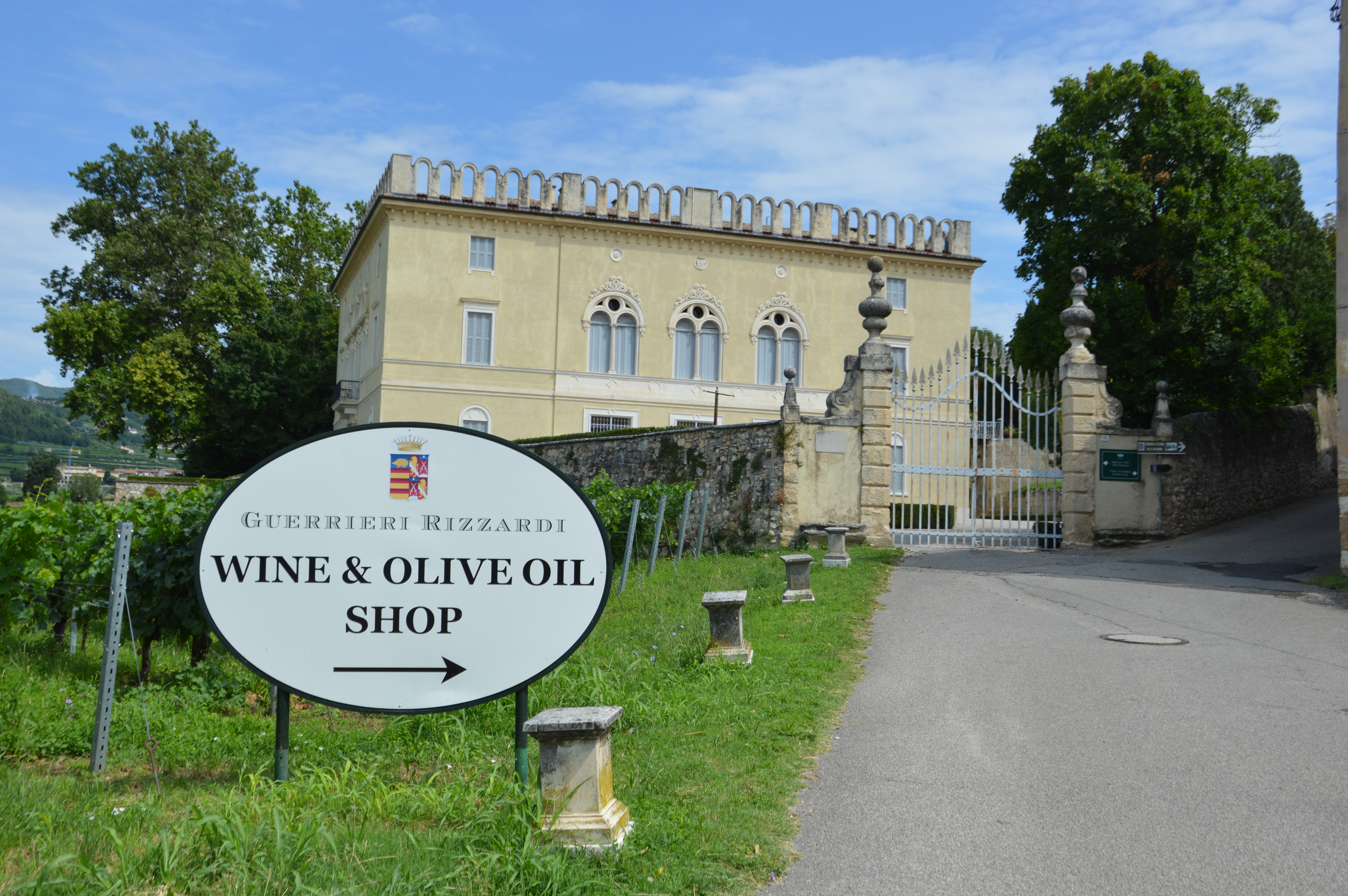
Join one of our group tours or plan a private tour with us to find out more about the villas and wine production in the historic homes of Valpolicella!


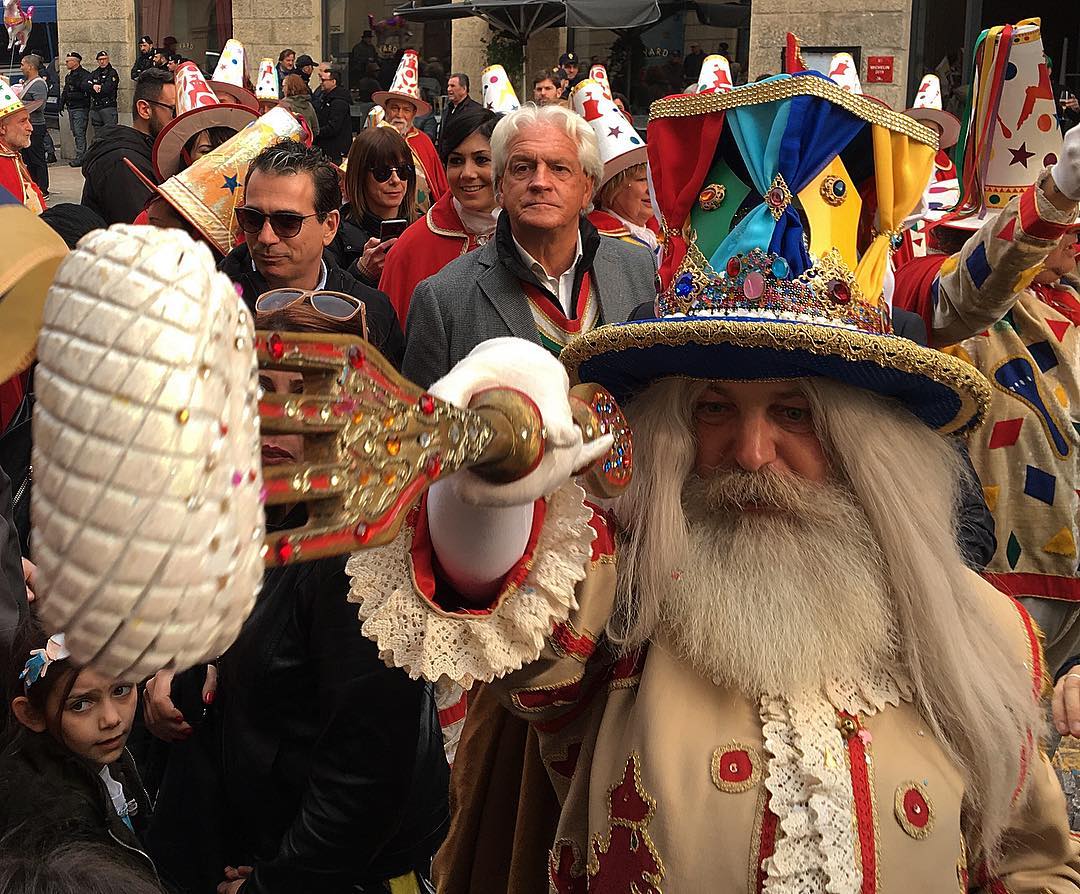
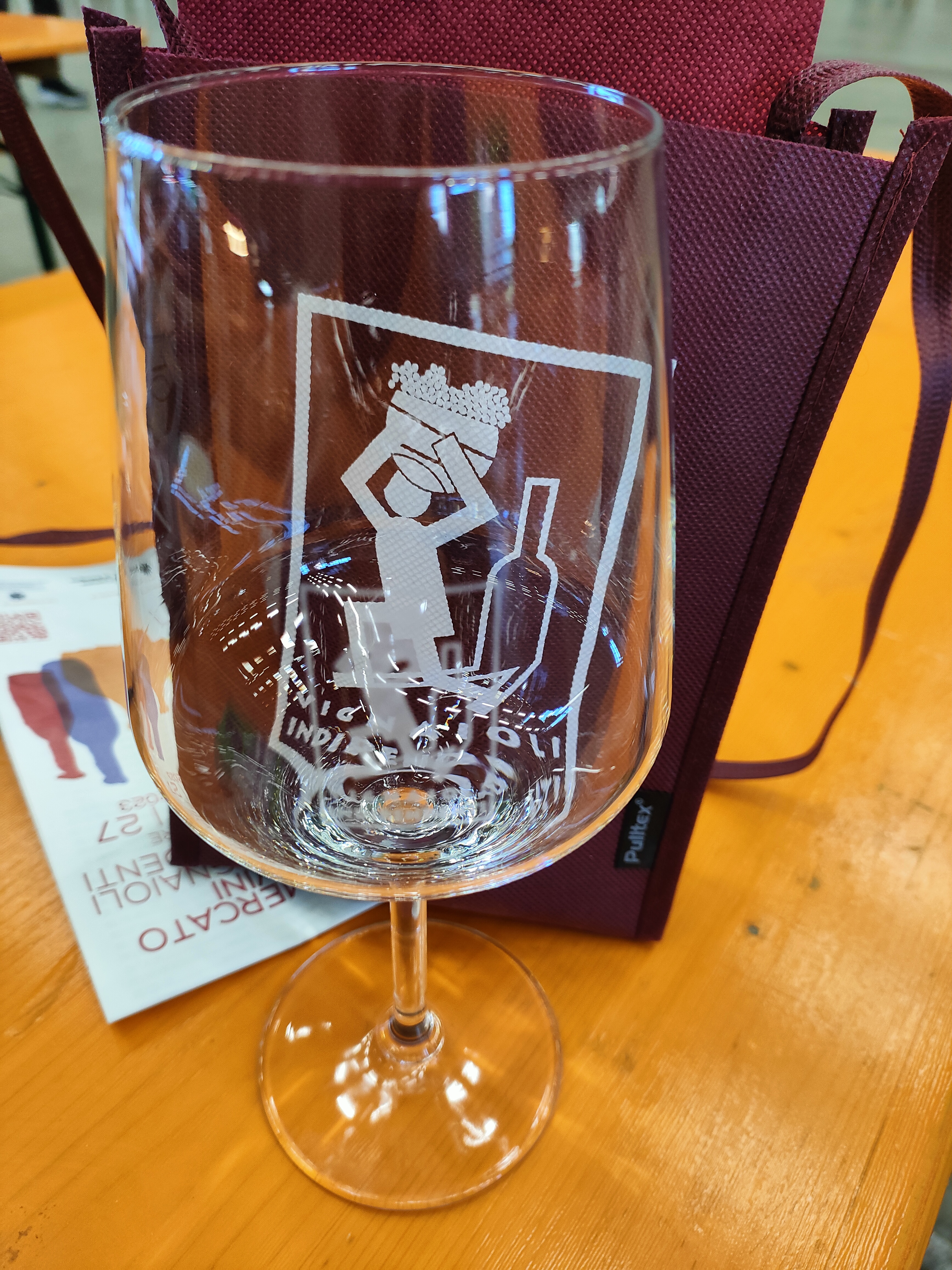
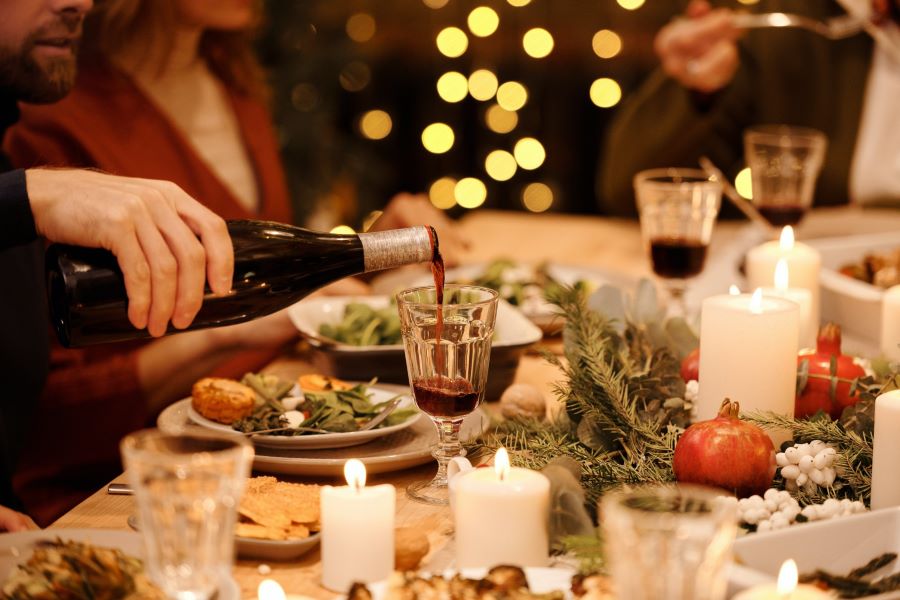
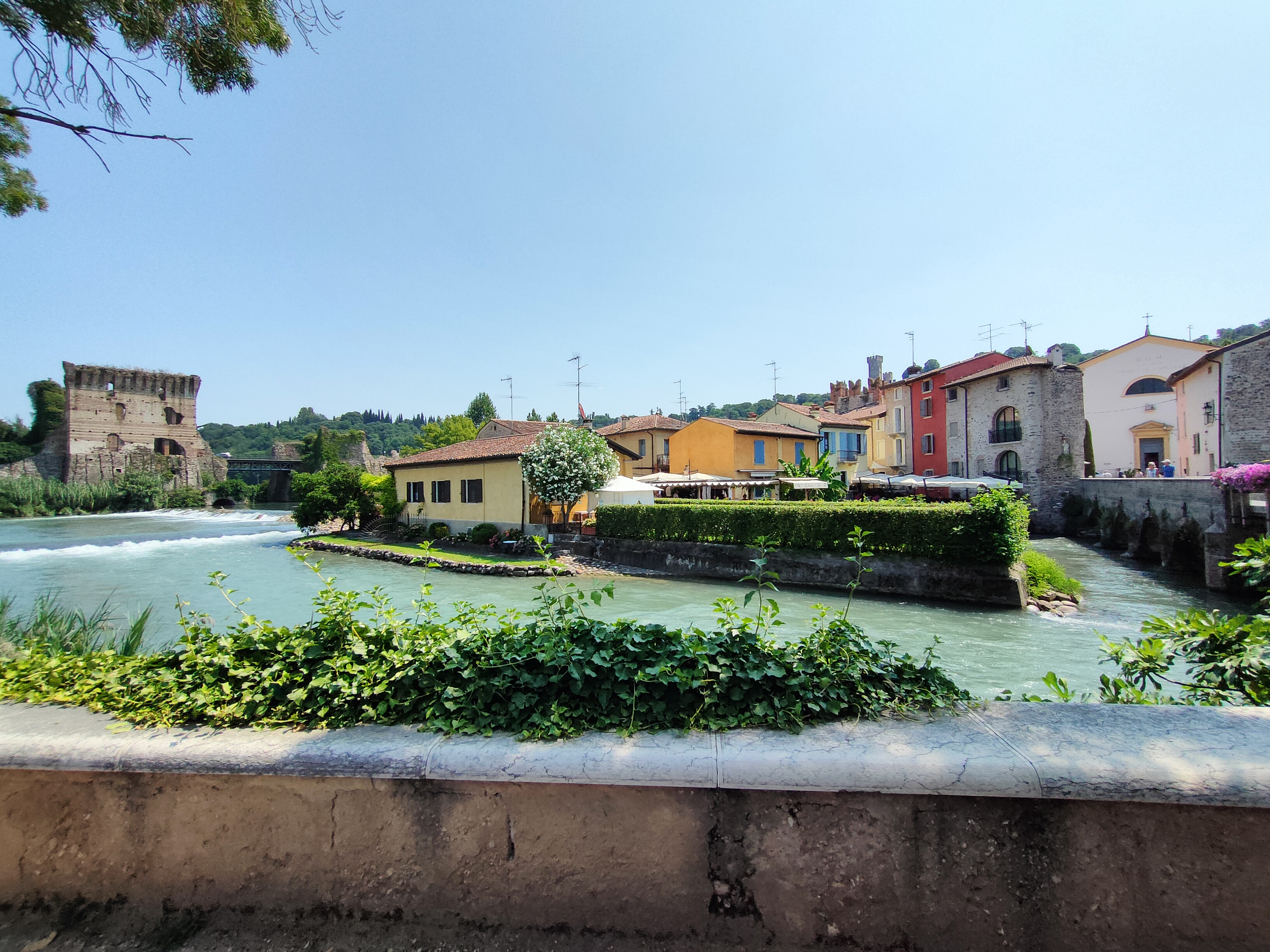
Leave a comment